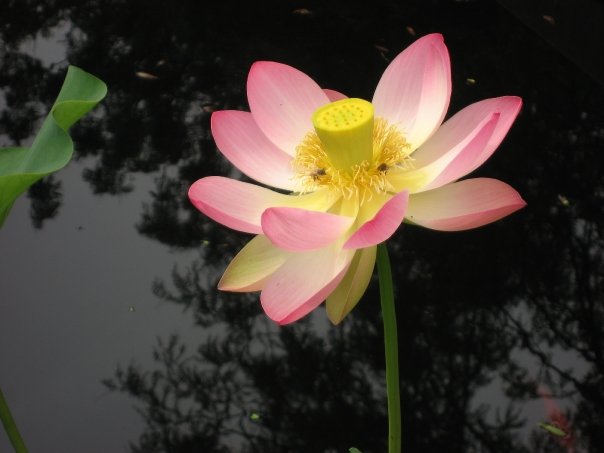
Minnesota is known as the land of 10,000 lakes. In truth, the state has more than 14,000 lakes of ten acres or more. I enjoyed many of them as I was growing up.
At the Port Townsend Writers’ Conference last month, I attended a workshop on poetry of witness, a way of writing that holds up hard truths so they are not forgotten. Dawn Pichon Barron of Evergreen State College led the workshop and asked us to write about a troubling societal issue. She gave us 16 minutes to compose a poem of witness. As we read our resulting poems, we experienced not only witnessing but also a “with-ness” (Mitsein) with each other.
Here is mine, inspired by my love of lakes and the need to protect them.
10,000 Lakes Minus One
You may remember
the Minnesota lake
where you stepped in clear
cool water on a hot day.
You may remember glittering minnows
skittering away in the shallows,
bass and pike as you went deeper.
You may remember the faint hint of algae
as you swam out among the fish.
Now when you visit you wonder—
What has happened to this place?
And WHAT is that smell?
When you wade in for a swim,
you’re blocked by invasive seaweed,
a thick mat of Eurasian milfoil grabbing your legs.
The smell is of a suffocating, overgrown lake
that is dying.
Yet, if you stand on the high bank
and look east
you’ll see a single pink water lily
and its wide green pad floating,
shining in the light.

Seaweed problems are not only in lakes. ABC News reported “Record amount of seaweed is choking shores in the Caribbean.” More than 24 million tons of sargassum clogged the Atlantic in June.







